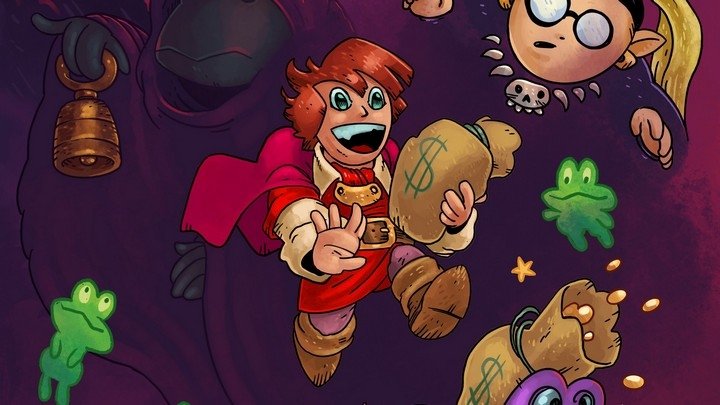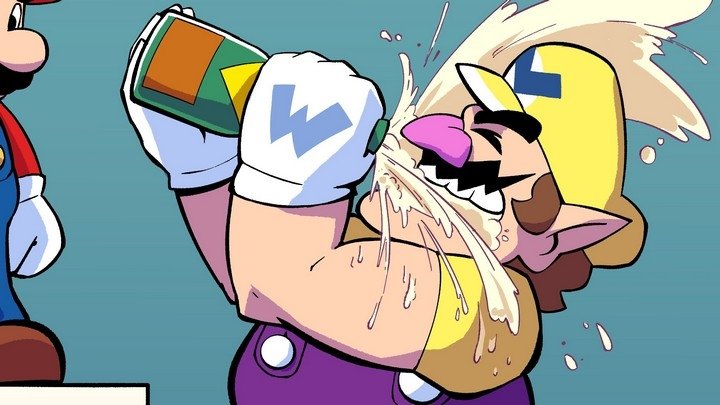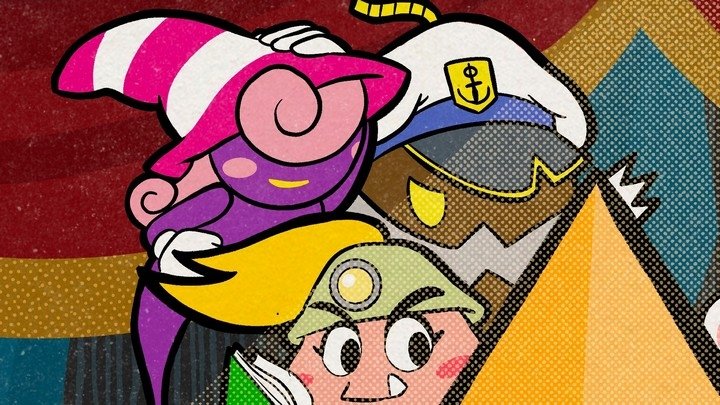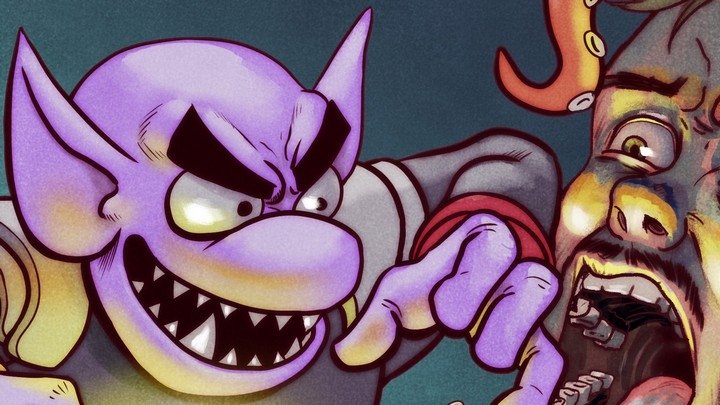Super NES Mini Countdown: #19 | F-Zero
The Retronauts team ranks the 20 classics Nintendo selected for its next mini-console, from best to bestest.
Nintendo's Super NES Classic Edition mini-console arrives at the end of the month. Even though Retronauts exists entirely for the sake of learning from history, we're going to ignore 30 years of precedent and hope that, for once, Nintendo chooses to make the Super NES mini readily available rather that driving up hype and demand through artificial scarcity.
While biding time for Sept. 29, the Retronauts writing team has voted to rank the 20 classic games on the mini from... well, not worst to best, exactly. Unlike last year's Classic NES Edition, the Super NES mini doesn't have a single dud on it (unless the unreleased Star Fox 2 somehow turns out to be terrible). Following the opening entry that dealt with the almighty Super Punch-Out, today we look at the game that landed second from bottom on our countdown -- the utterly Mode 7-tastic F-Zero.
19. F-Zero
Dev.: Nintendo EAD
Publisher: Nintendo
Genre: Racing
Release date: Nov. 1990 [JP] Aug. 1991 [U.S.] 1992 [E.U]

What makes F-Zero a worthy inclusion?
- The original F-Zero doesn't seem to get enough love for a couple of reasons; firstly because it is often seen purely as a technical showcase for the SNES's Mode 7 capabilities, and secondly because the other games in the series such as F-Zero X for the N64 and the Gamecube's F-Zero GX are a lot more featured and far superior. But while there's no big story mode or anything to be had in the original game, it's still one of the most exhilarating racers of its time -- say what you will about how the SNES used Mode 7 constantly, but F-Zero was always one of its most impressive showcases.
- The original chiptune music still has a brilliance to it that's different to the much rockier full band soundtracks from the later games -- as pounding as classic tracks like Big Blue and Mute City are, there's still a lot to be said for the likes of Sand Ocean, Port Town and Silence, with lots of jazz and electronic influences hitting the mix. Just about every track in F-Zero is fun to play just for the music alone. And every song has an utterly stonking bassline to boot.
- The original F-Zero is a very challenging game, and not just because of the endless cars that you also have to navigate while making your way around the twisty tracks. There's a lot of learning involved in taking on some of the later tracks without blowing yourself up through hitting the wall too many times, and there's plenty of risky jumps that can turn your race to hell if you take them wrong. In many ways, F-Zero is more of a precision-based platform game than it is a flat-out racer.
- While the graphics of the game may not have held up too well from a technical point of view, there is a certain charm to the game's appearance, combined with the music, that still gives F-Zero a strong presentation -- and not just because there was nothing whatsoever like it in arcades at the time. It certainly has the feel of being quite futuristic, and in a different way to the later 3D games. What it lacks in any kind of story or characterisation, it makes up for in feel and place.
Interesting facts about F-Zero
- While the game itself lacks much in the way of story, F-Zero's original manual also came with an eight-page comic that introduced everyone to the almighty Captain Falcon, and took the reader through one of his many bounty missions.
- The game was originally showcased on Nintendo's "Super System" arcade hardware alongside Contra III: The Alien Wars as a showcase of what the SNES was capable of, and the game was one of the machine's launch titles in all regions.
- While Shigeru Miyamoto is the main person credited with the design of F-Zero, much of the work was done by Takaya Imamura, who was given the freedom to design F-Zero's world, cars, and courses as he saw fit.
- F-Zero is credited as one of the games that invented, or at least popularised the "futuristic racing" sub-genre. While its influence on games such as Wipeout is more obvious, Amusement Vision's Toshihiro Nagoshi has said that F-Zero was his main influence when creating Sega's original Daytona USA.
- Mode 7, the feat of graphics that this game showcased, was often regarded as a 3D effect at the time, although the effect was more pseudo-3D, and based around the graphical chip's ability to manipulate backgrounds, although not sprites. Mode 7 was often the main stumbling block in porting a lot of games that originated from the SNES to other machines, as no other console of the time had a similar hardware capability.
- While Mode 7 is seen as a SNES-only thing due to the Sega Mega Drive's lack of hardware scaling, recent efforts by programmers on Sega's machine have produced a sort of pseudo-Mode 7, that has been shown off through a demo of F-Zero running on the Mega Drive.




